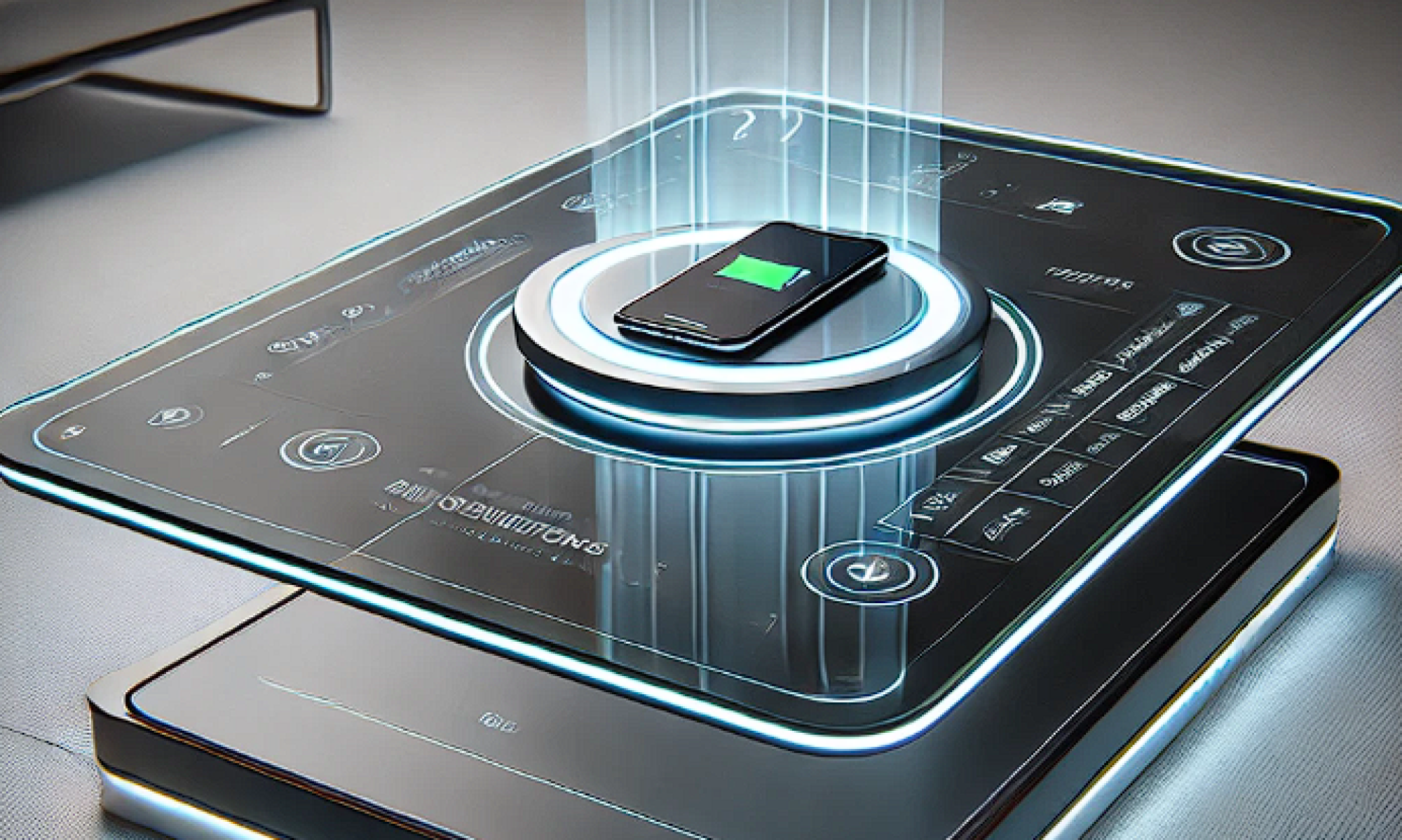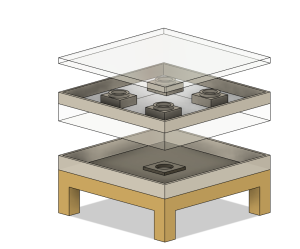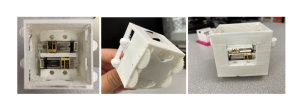This week we focus on the implementation plan and system specification.
For the implementation plan, we research on the components we can borrow, want to buy, and need to develop.

We created a document list regarding the stuff we intend to purchase including linear rails that define the frame of the system. We also sorted out the types of motors, motor drives, belts, and rail sets that ensure 3D space motion. We also research charging pad design and Qi-certified charging modules. We will first use the wireless charging pad from Apple official for current charging tests, but we will also start our charging pad prototyping recently as it is also a major component of our system design. We have done some research into the Qi protocol and module, and we have decided to monitor the charging progress on a software level to reduce complexity, so we don’t really need a complex charging pad design.

Also, we carefully look into the system specification for our detailed system design layout. Apart from the existing CAD design including the table frames, table layers, gantry system, and the camera system, we look into the wiring design layout of our system. We intend to ensure that the four charging pads can operate separately without colliding with each other. Also, their wires will not twist with each other. We also looked into the way we place the Jetson Nano and motor drivers, They will not affect the motion of our gantry system as well as the view of the camera. Last but not least, we want to implement some camera testing plans next week together with some transparent acrylic boards from TechSpark. We have done some research how to use the vision system to detect the mobile devices that need to be charged. There is a traditional and a machine learning approach. We will have the two prototype models done when returning from fall break and test their performance to decide which way we shall go. We will use the acrylic desktop for current testings as glass could be subject to break. We tested last week for the testing performance on a 3mm and a 5mm acrylic, it seems a 3mm desktop could be a nice choice for supporting the weight while doesn’t influencing the charging performance.
Overall, till now, the most difficult part we believe is the gantry system, The accuracy is very important. Because we will use the gantry system to move the charging pads around using a magnetic field, we need to ensure the system can successfully move the charging pads to very precise positions. Further tests will be implemented after rail sets for the gantry system parts arrive.










